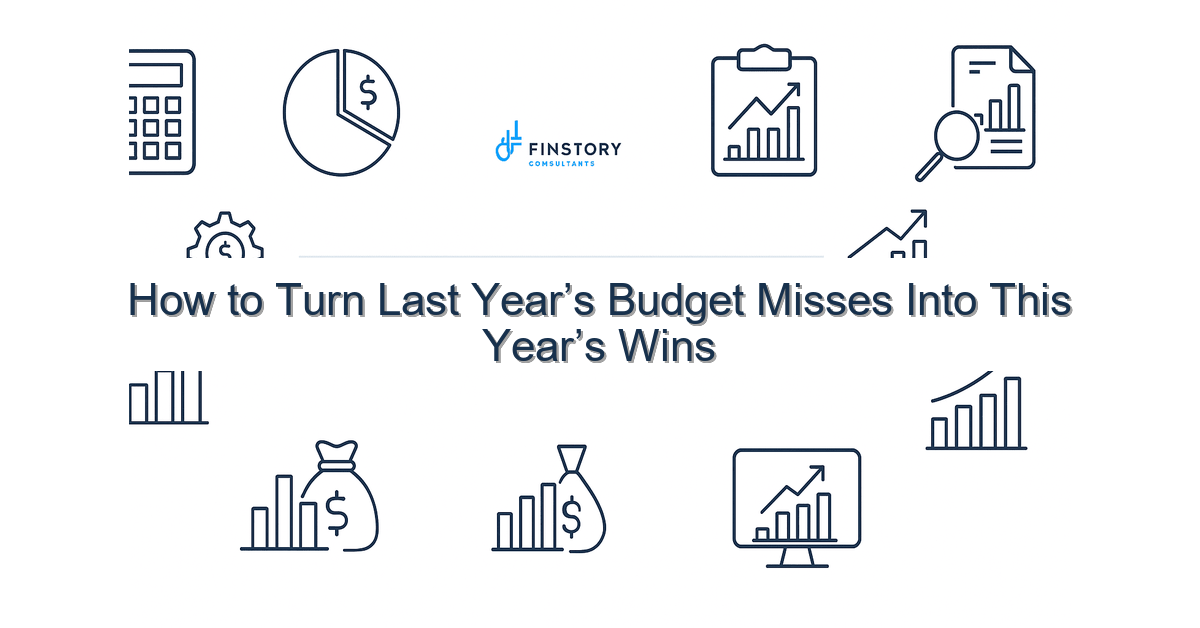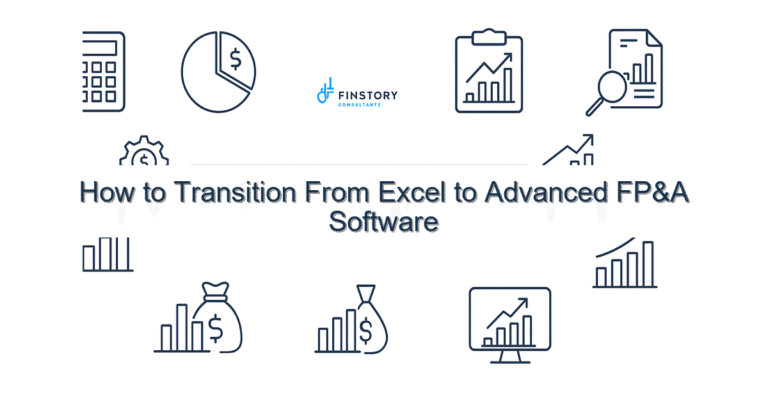How to Turn Last Year’s Budget Misses Into This Year’s Wins
In today’s ever-evolving healthcare landscape, the pressure to stay within budget has never been greater. Teams that miss budget targets often struggle to regain momentum, creating a cycle of frustration that can stifle growth.
Summary: Last year’s budget misses shouldn’t mean defeat. By analyzing what went wrong, adjusting your strategy, and investing in tools like finance automation and Power BI, you can turn these misses into strategic wins this year.
What’s the real problem?
Understanding why budgets are missed is crucial for recovery. Often, operational inefficiencies underlie financial shortfalls. Here are common symptoms:
- Consistent missed revenue targets.
- Slow approval processes delaying critical projects.
- High variance between forecasted and actual expenses.
- Lack of accountability among team members.
What leaders get wrong
Many leaders mistakenly see budget misses as a failure of effort rather than a call to action. Here are key pitfalls to avoid:
- Beating down team morale instead of focusing on solutions.
- Assuming that last year’s strategies will magically yield better results.
- Ignoring feedback from frontline staff who understand the operational challenges.
A better approach
Turning budget misses into wins involves a proactive and systematic approach. Here’s a simple, repeatable framework to follow:
- Analyze Last Year’s Data: Look at all variance reports. For example, if a surgical department underperformed by 10%, dive deep to find root causes like staffing or supply chain issues.
- Engage Stakeholders: Host meetings with key team members to gather insights and brainstorm actionable solutions.
- Revise Your Budgeting Process: Implement rolling forecasts using finance automation for more accurate projections.
- Set Specific Goals: Instead of broad targets, establish SMART goals (Specific, Measurable, Achievable, Relevant, Time-bound).
- Regularly Monitor Progress: Use Power BI interactive dashboards for real-time updates and adjustments to the plan.
Implementation checklist
- Conduct a detailed analysis of last year’s budget reports.
- Schedule a cross-departmental meeting for feedback.
- Adopt a finance automation tool for budgeting.
- Define specific KPIs for each department.
- Create a timeline for budget revisions and approvals.
- Implement Power BI for improved leadership reporting.
- Train your team on effective budget management practices.
- Establish a monthly review cadence to track performance against goals.
- Develop contingency plans for unforeseen events.
What good looks like
Here’s what success can look like after implementing your new strategy:
- Improved budget accuracy within 5% of forecasts.
- Reduced cycle time for budget approvals by 20%.
- Increased ROI on operational investments by 15%.
- Higher employee accountability leading to 30% fewer variances.
Risks & how to de-risk
While implementing changes, consider these risks and their mitigations:
- Resistance to Change: Engage staff early on to gather support.
- Data Misinterpretation: Train staff on how to analyze and interpret financial data accurately.
- Inaccurate Projections: Use historical data alongside predictive analytics for better forecasting.
Tools & data
To fully capitalize on your strategy, leverage tools like finance automation for streamlined operations, integrate Power BI for insightful leadership reporting, and ensure that data-driven decisions guide your budget processes.
Next steps
Work with Finstory. If you want this done right—tailored to your operations—we’ll map the process, stand up the dashboards, and train your team. Let’s talk about your goals.
📞 Ready to take the next step?
Book a 20-min call with our experts and see how we can help your team move faster.
Prefer email or phone? Write to info@finstory.net
or call +91 44-45811170.






